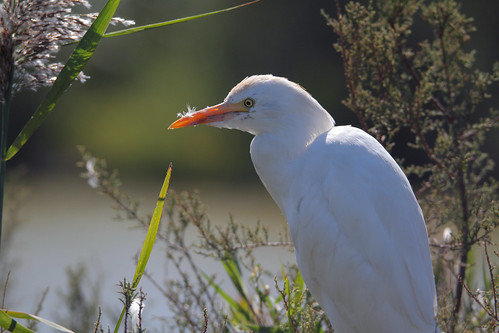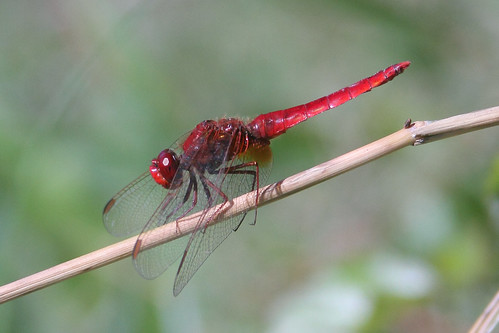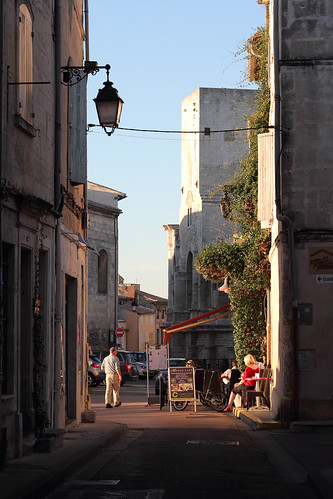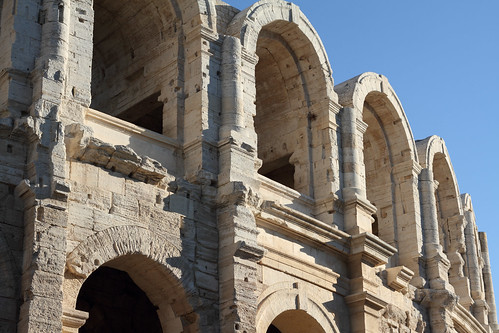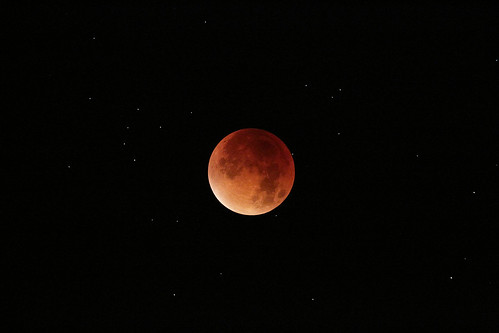Sunday, 11 October 2015
Two Days in the Camargue
As much as I love writing, if there was one thing I dreaded at school it was having to complete the "What I did on my holiday" essay. So, rather than bore you with every detail, I'm going to boil the trip down to its essentials (i.e. what I anticipate visitors to this blog would want to know about) and let the pictures do most of the talking. If you have any questions not covered by the ones given below then please use the comments section and I will do my best to answer them - though bear in mind that I'm more of a "photographer who happens to shoot birds" than a "birder who happens to have a camera". The object of the trip was not to track down the rarest species, but to have a good time and hopefully get some decent photos along the way. It's also worth noting that the Camargue is B-I-G; two days really only allows time for a whistle-stop tour, but you could easily spend a week there and still only scratch the surface.
Quick question: Was it worth it?
Quick answer: Absolutely, yes!
Did you have a guidebook to the region?
Most of the guidebooks I could find for sale are a few years out of date, but there is a free booklet online which proved to be extremely useful. It contains maps, species lists, and much more. The English-language version is available via this link:
Where to watch birds in the Camargue Regional Nature Park - France (PDF)
Using Arles as a base, we visited four of the eleven sites listed, as well as the very pretty - and very touristy - town of Saintes-Maries-de-la-Mer.
So what's the big deal about the mistral?
The mistral is a wind, but it's not like any wind you'll experience in England. When it decides to blow it will do so all day - at the same speed and in the same direction - and it won't ease off until the sun goes down. The Camargue is mostly flat, so there aren't many places you can shelter from it. A light, windproof jacket is recommended.
What else should I take?
Sun cream and insect repellent. Make sure you carry plenty of drinking water too; even in September the temperatures can reach the high twenties.
Best place to go to photograph birds?
There may well be other reserves (that we didn't have time to visit) within the Camargue that provide a similar experience, but if you want to see the key species of the region at close quarters and get photos "in the bank", so to speak, then the Pont de Gau bird sanctuary is the place to go. As well as the famous flamingos, we saw, among other things, grey herons, little egrets, cattle egrets, spotted redshanks, black-tailed godwits, avocets, black-winged stilts, spoonbills, and a sacred ibis (below). Admittedly, with the exception of the flamingos and the ibis, these are all species you can see in England with increasing regularity, but probably not all in one place, and certainly not within a few feet of the viewing hide.
Recommended eating?
All three of the restaurants we visited in Arles were good, but the Restaurant Le Plaza La Pailotte was exceptional. I had the duck breast (don't tell the wildfowl!) and it was, quite simply, one of the finest meals I've ever had. (And no, I didn't take a photo of my food.)
Other highlights that you can't convey in a photograph?
Bats flying above the Rhone at sunset, the strangely soothing background noise of insects (presumably crickets) chirping at night, stumbling upon a bizarre tractor parade in Arles on Saturday evening, still being able to feel the lingering warmth of the sun and the force of the mistral on my face long after the sun had gone down, the sheer physical and historical presence of the Arles Roman Amphitheatre (below), waking up early to see Sirius shining higher in the sky than I've ever seen it before, and of course a welcome reminder that you can't beat a genuine French baguette.
Anything else worth knowing?
The SatNav on the rental car was, unsurprisingly, in French. After some fumbling we found the option screen to change the language. English was not one of the available languages. Fortunately, if you know your gauche from your droite, you should be able to cope.
Finally, special thanks must go to my friends Mark, for his organisational and driving skills, and to Tony, for his near-supernatural ability to liken almost any situation to an episode of the old TV show Only Fools and Horses.
See more of my photos from the Camargue and Arles on Flickr.
Labels:
7D,
Arles,
autumnwatch,
blogpost,
Camargue,
canon,
flamingo,
France,
kilner,
nature,
photography,
Provence,
Tele Vue,
telescope,
TV60,
wildlife
Monday, 5 October 2015
Photographing the 2015 Total Lunar Eclipse
Lunar eclipses aren't that rare - certainly not as rare as some uninformed sections of the media would have you believe, but I hadn't photographed one since March 2007, so I stayed up till stupid o'clock the other week to get some images of the so-called Super Blood Moon eclipse. The wind was a little gusty, but fortunately the clouds didn't interfere.
One thing the photos don't convey is just how much the moon dims during totality. (The reason it doesn't go completely dark is because it's illuminated by sunlight refracted through the earth's atmosphere. Or to put that in a slightly more lyrical way, an observer standing on the moon during an eclipse would see all of the earth's sunrises and sunsets compressed into a beautiful ring of light.) The first image in the sequence above (the barely eclipsed moon) was shot hand-held with a 1/1600 second exposure at ISO 800. The last shot (fully eclipsed) was taken on a tripod with a cable release, with the mirror lock-up function enabled; exposure time 1/2 second, ISO 1600. At long focal lengths (400 mm and above), these slow exposure times can be problematic. Shoot for anything longer than about half a second and the earth's rotation will start to smear the image.
So, as is often the case in astrophotography, there's a trade-off to be made. Do you under-expose and increase noise, or do you expose correctly and lose detail? A tracking mount which will correct for the earth's rotation is one way around the problem, but the good ones don't come cheap. Another method (if you find high ISO noise objectionable) is to shoot lots of under-exposed images one after the other, stack them in RegiStax or AviStack to increase the signal-to-noise ratio, and then push the exposure in Photoshop. I did think about doing this, but it was late and I was tired and it seemed like a lot of effort given that I still had several hundred photos from the Camargue to sort through (a post on that is coming soon).
Maybe it's something I'll try for the next eclipse in 2018; or maybe by then cameras will have progressed so much that high ISO noise won't be a big deal... Anyway, to tide us over till then, here's an uncropped view of the eclipse taken at ISO 6400, and carefully pushed in PS to bring out the background stars. A red full moon surrounded by stars; now that's a sight worth staying up for.
One thing the photos don't convey is just how much the moon dims during totality. (The reason it doesn't go completely dark is because it's illuminated by sunlight refracted through the earth's atmosphere. Or to put that in a slightly more lyrical way, an observer standing on the moon during an eclipse would see all of the earth's sunrises and sunsets compressed into a beautiful ring of light.) The first image in the sequence above (the barely eclipsed moon) was shot hand-held with a 1/1600 second exposure at ISO 800. The last shot (fully eclipsed) was taken on a tripod with a cable release, with the mirror lock-up function enabled; exposure time 1/2 second, ISO 1600. At long focal lengths (400 mm and above), these slow exposure times can be problematic. Shoot for anything longer than about half a second and the earth's rotation will start to smear the image.
So, as is often the case in astrophotography, there's a trade-off to be made. Do you under-expose and increase noise, or do you expose correctly and lose detail? A tracking mount which will correct for the earth's rotation is one way around the problem, but the good ones don't come cheap. Another method (if you find high ISO noise objectionable) is to shoot lots of under-exposed images one after the other, stack them in RegiStax or AviStack to increase the signal-to-noise ratio, and then push the exposure in Photoshop. I did think about doing this, but it was late and I was tired and it seemed like a lot of effort given that I still had several hundred photos from the Camargue to sort through (a post on that is coming soon).
Maybe it's something I'll try for the next eclipse in 2018; or maybe by then cameras will have progressed so much that high ISO noise won't be a big deal... Anyway, to tide us over till then, here's an uncropped view of the eclipse taken at ISO 6400, and carefully pushed in PS to bring out the background stars. A red full moon surrounded by stars; now that's a sight worth staying up for.
Labels:
7D,
astronomy,
astrophotography,
blogpost,
blood moon,
broadstairs,
canon,
eclipse,
kent,
kilner,
lunar,
moon,
supermoon,
Tele Vue,
telescope,
the sky at night,
TV60
Subscribe to:
Posts (Atom)


